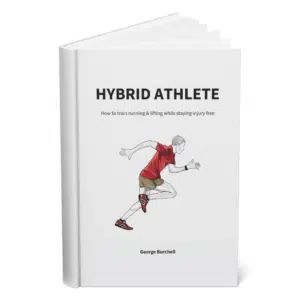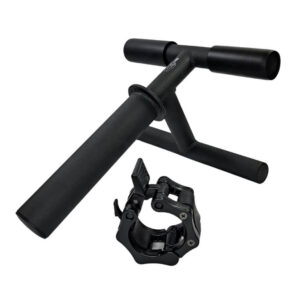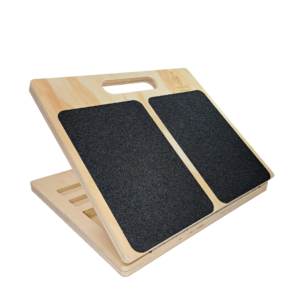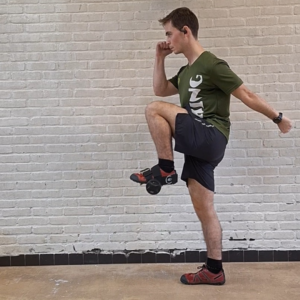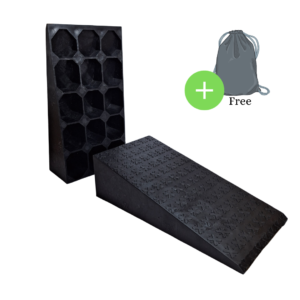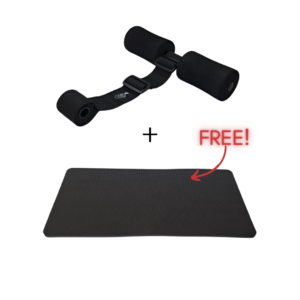
Let’s just start off with the facts – knees-over-toes (aka KOT) squatting is not bad for you. This myth has been perpetuated for a long time, but the controversy is finally coming to an end. Naturally, the same goes for split squat variations.
But the KOT debate isn’t the only thing that keeps people from implementing split squats into their leg day routine. It’s the difficulty.
This article is not here to help you fall in love with Bulgarian split squats, though. But, we hope that you’ll see the benefits of squatting deep, with your knees going over your toes.
Table of Contents
WHAT IS A SPLIT SQUAT?
As the name suggests, you perform a split squat by splitting your legs to do different things during the movement. This is what we call a unilateral movement – one side (left or right) is doing the exercise.
In contrast to regular (bilateral) squats, split squats let you focus on the finer movement of the leg. This is why split squats tend to build balance, stability, and mobility alongside strength.
The benefits of split squats (especially if you go knees over toes) are plenty:
SPLIT SQUAT BENEFITS
The very first thing you will notice is that split squats rectify muscle imbalances. Our legs don’t work that well individually at first, so prepare for a slow progression if you are new to split squats.
It’s hard to account for all of them, but here’s a list of the biggest benefits of split squats:
- Better coordination between large muscle groups (especially your legs and core)
- Stronger knees and ankles
- A great method for achieving muscle hypertrophy with low intensity (lighter weights)
- Better spatial awareness in everyday movement (jumping, squatting, running)
- Hip, knee, and ankle mobility increase
If performed correctly, split squats can be used both as an injury prevention and a rehab tool. Thanks to its many benefits concerning not just the leg muscles, but finer tendons and ligaments as well.
SPLIT SQUAT VARIATIONS
There are many variations of split squats out there. Mobility enthusiasts around the world have expanded this field in the last few decades thanks to the knees-over-toes myth-busting.
Here’s a list of some of the most popular split squat variations out there:
- ATG/KOT Split Squat
- Bulgarian Split Squat
- Pistol Squat
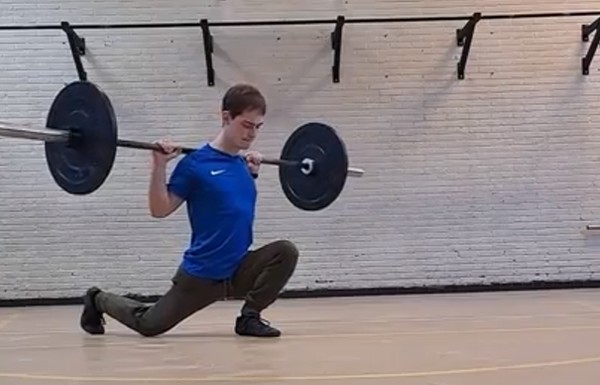
HOW TO BUILD UP A SPLIT SQUAT?
If these ring a bell or sound difficult right away, you’re not wrong. Each split squat variation comes with a “lighter version” or a simplified version of the movement.
So, to build up to a split squat, you can experiment with:
- Resistance (bands and weight),
- Weight placement (kettlebell vs. barbel positioning)
- Foot elevation (front and/or back leg)
- Working foot angle – repositioning your ankle drastically changes the movement
KOT VS. LUNGE VS. BULGARIAN SPLIT SQUAT.
While these three movements may look like they have the same effect, the differences are not that insignificant. It’s all about where the amount of tension on your leg joints, and how you distribute it.
KNEES-OVER-TOES SPLIT SQUATS
The knees-over-toes (aka ATG) split squat builds up (and requires) a lot of ankle mobility and hip flexibility. While reaching your full range of motion, your front knee should be over the toe line, meaning that your knees need to hold tight, which means that your hips needed to open to allow it.
You get the idea. The KOT split squat focuses on developing that hip-knee-ankle connection, more so than on building leg strength.
Luckily, you progress with more weight in your hands, using a kettlebell, dumbbells, or a loaded barbell.
LUNGE MOVEMENTS
Lunges may look like ATG/KOT split squats at first glance. But, lunges are way less precise in targeting our main leg joints, meaning that there’s a lot of room for muscle compensation.
Additionally, during a lunge movement, we can move side to side, and not every rep needs to be identical. So, lunges are a good movement overall, and can help you develop mobility and strength. But their main purpose is to help you move your legs to full ROM in several directions.
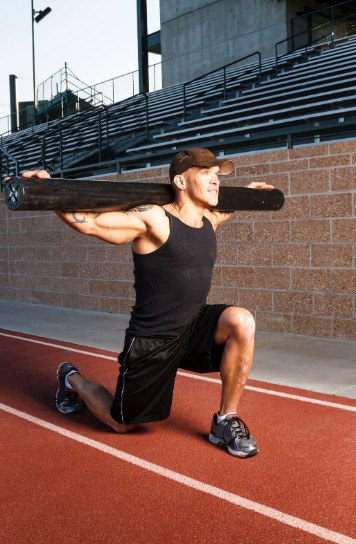
BULGARIAN SPLIT SQUATS
Bulgarian split squats are somewhat on the opposite side of ATG/KOT split squats, from a mobility-to-strength point of view.
Because Bulgarian split squats don’t require non-working leg support, the main focus is on the knee of the working one. This is why Bulgarian split squats are great for building muscle mass around the knee (mostly the vastus medials quad head).
However, to reach full ROM, you will most likely have to go knees-over-toes as well.
SQUAT DEEP AND DON’T BE AFRAID TO GO KNEES-OVER-TOES!
Going knees-over-toes during a split squat is actually the natural way of doing it. Some would argue that that’s the only way to squat if you want to go ass-to-grass.
It’s finally time to get rid of the “knees-over-toes squatting is bad for you” myth, and return to our natural anatomy.
Make sure to take it slow and work on your leg joint mobility every day.
Get the best injury prevention athletic gear in the eu:
Above all, a storyteller. Then comes marketing, branding, writing music, powerlifting, and woodworking.

